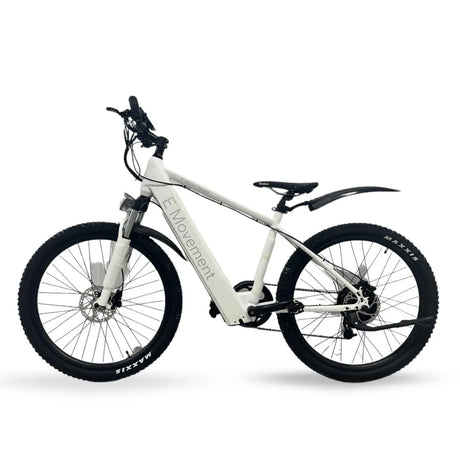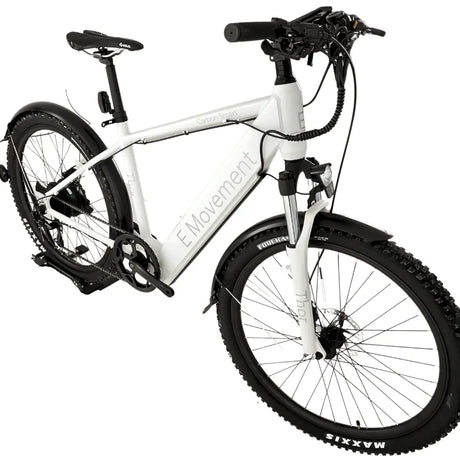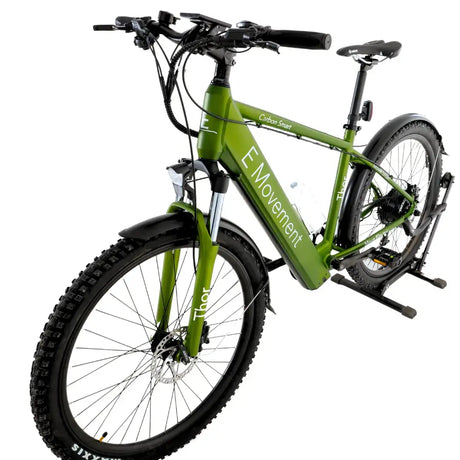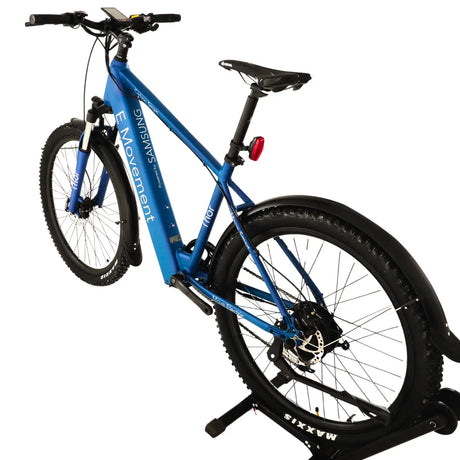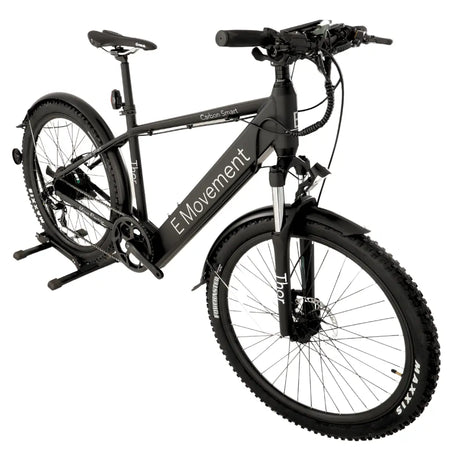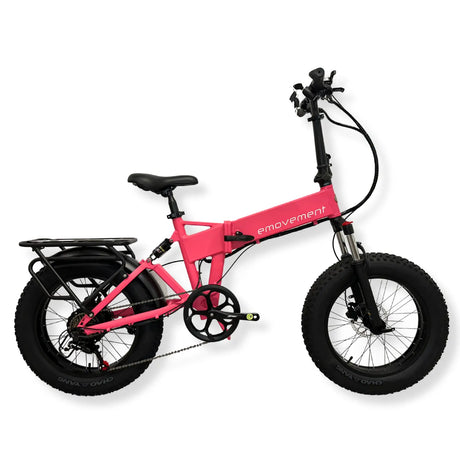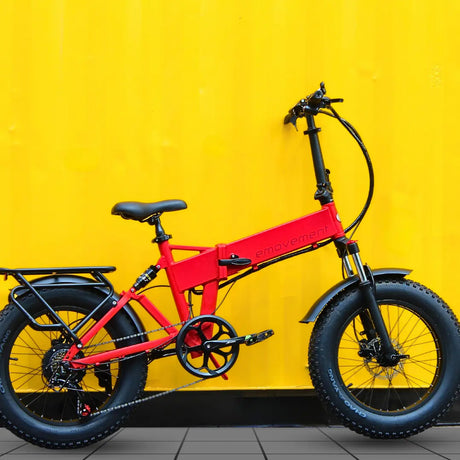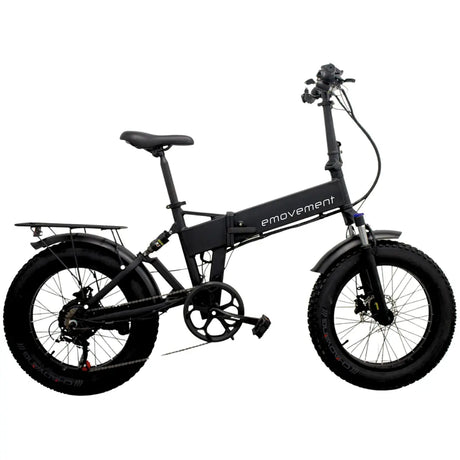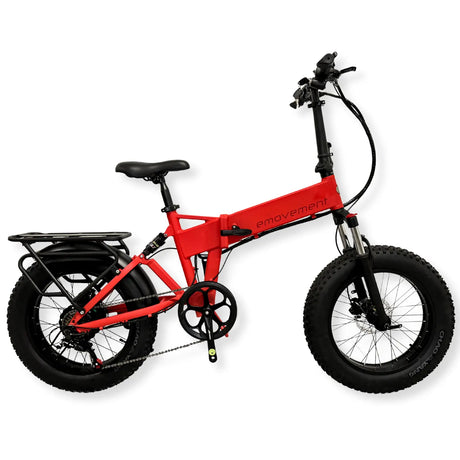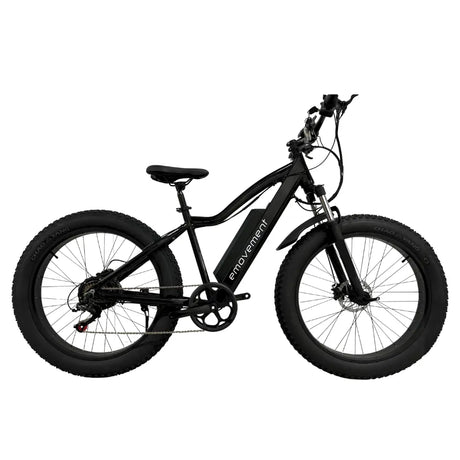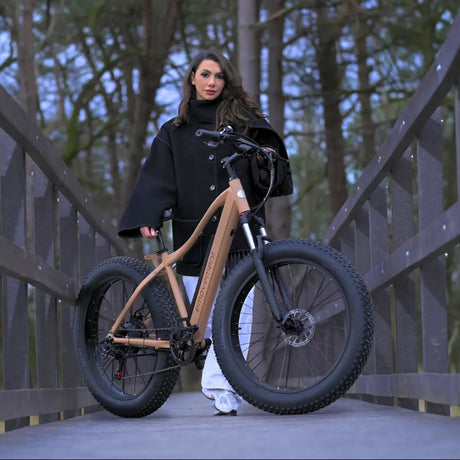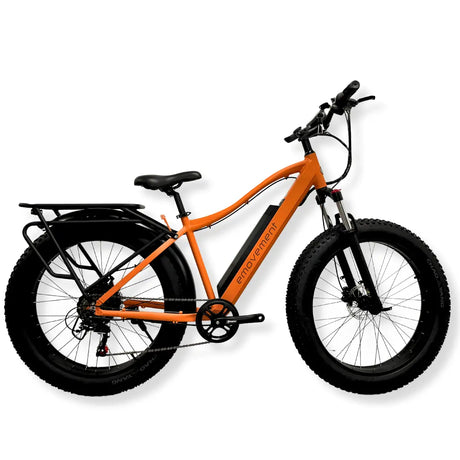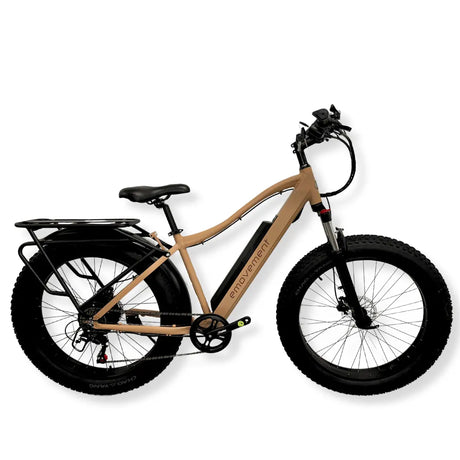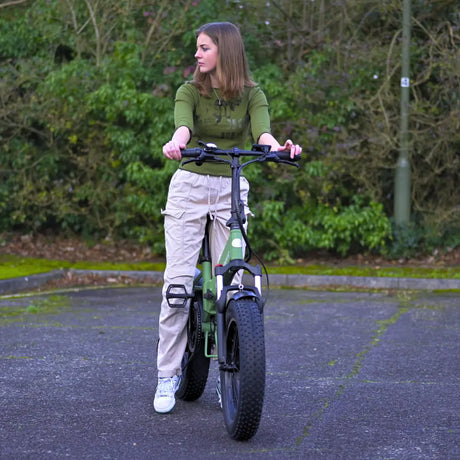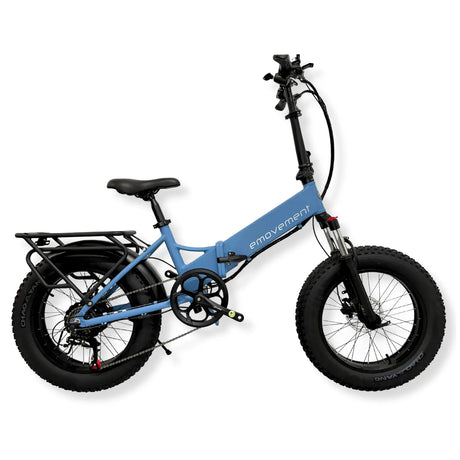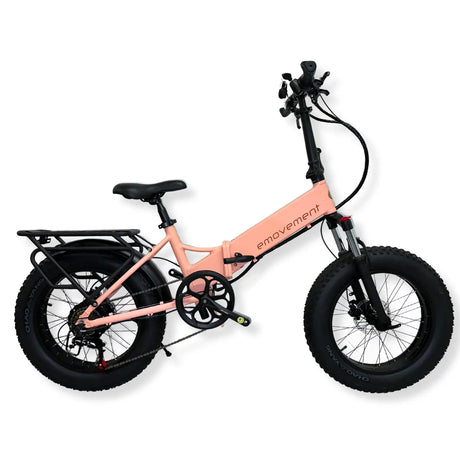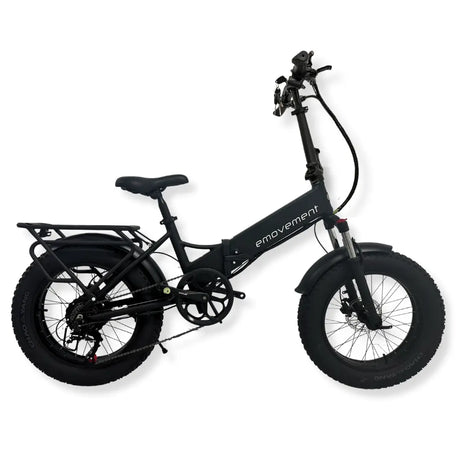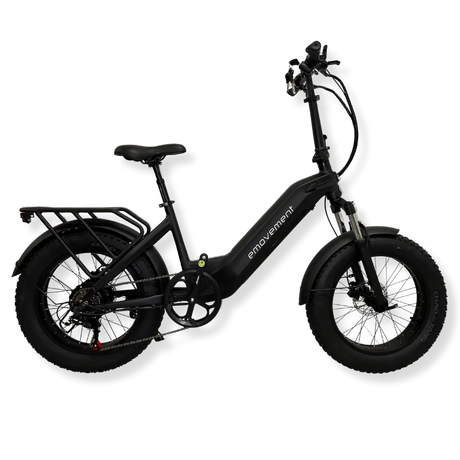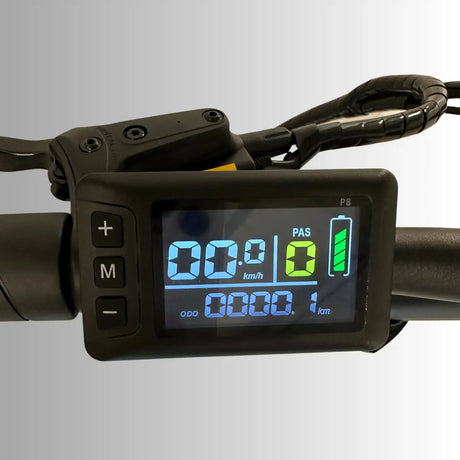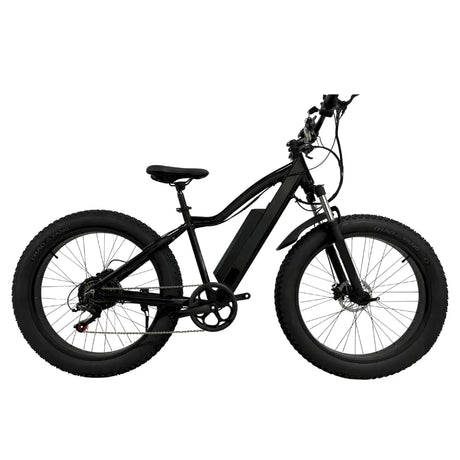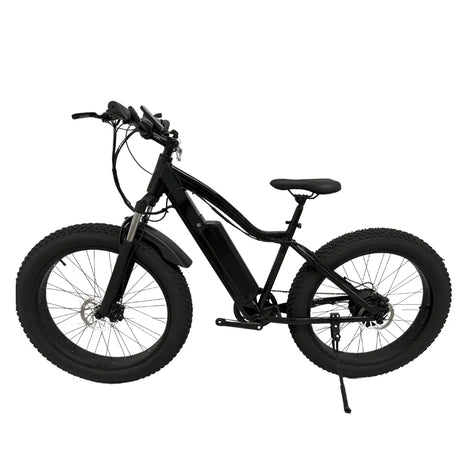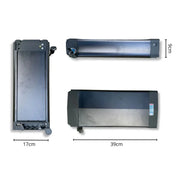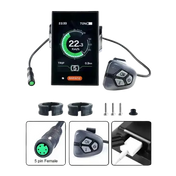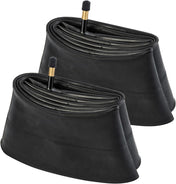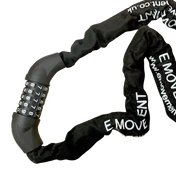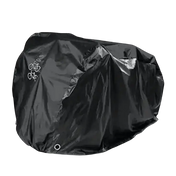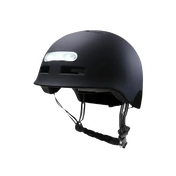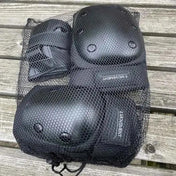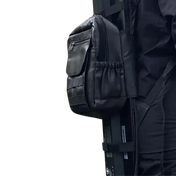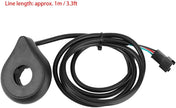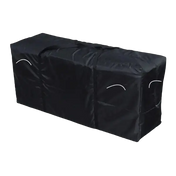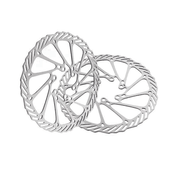Nothing is more thrilling than taking your bike and exploring the UK over the weekend. Whether it’s an easy spin through a charming village, a taxing ride up a punishing hill, or an off-road adventure on an electric bike, it always pays to be prepared. This guide explains everything you need to know before your next weekend ride, keeping you safe, comfortable, and prepared for whatever the British weather has in store.
Set Your Goal and Decide Your Route
The first thing you should do is determine where you can ride, according to the type of e-bike you have. Is it through the countryside? Consider the route carefully.
UK riders have the option of a short scenic ride or a longer, more challenging route. For beginners or families, a day out typically involves a 20- to 40-mile loop. If you’re experienced and hungry for a real hump, 60 to 100 miles in a day can be rewarding.
Search UK Cycling Networks
Britain has a fantastic, interconnected system of cycleways and quiet roads. Sustrans operates the National Cycle Network (NCN), which boasts an extensive range of routes – from urban rides to wild and remote cycle trails. Popular trails include the Bristol to Bath Railway Path and the Thames Path.
Apps such as Komoot, OS Maps, and Strava will help you plan and navigate your route. Download offline maps, in case you end up in an area with no signal.
Logically Planning Your Ride
Think about how you will reach your starting point. While many train companies accept bikes, the rules vary. Folding e-bikes are the easiest to bring onto public transport, but some busier services may require pre-booking if you have larger models. If you’re driving, inquire about parking.
Consider other places to stop along the way — a cafe, a pub, a picnic spot. Map out your food, bathroom, and e-bike charging stops.
Consider the Weather Before Riding Out
The weather in the UK is notoriously unpredictable, and what starts as sunshine can soon turn into rain and wind. You never know when conditions may change.
Understanding the Forecast
For UK weather information, the Met Office website and app are the best places to go. Check back for updates on rain chances, wind speeds and direction, and temperatures throughout the day. In general, coastal locations have greater wind speeds and more rapid weather changes than their respective inland areas.
High winds can make cycling extra hard — trying to plan a route with the wind at your back on the return route could save energy.
E-Cycling Fashion
Layers are your friend when you want to stay warm. A breathable base layer, such as merino wool, helps regulate temperature and wick away perspiration. Add a thin fleece or jersey to keep you warm, and top it up with a waterproof or windproof jacket.
Carry a pair of lightweight waterproof trousers or overshoes for wet weather. Wear something bright and reflective to help ensure you are visible, particularly if you will be riding in low light or fog.
And don’t forget a good ventilation helmet, as well as a cycling cap or buff, to keep the sun or rain off. Gloves will keep your hands warm and make it easier to grip the handlebars.
Pre-Ride Check-up Is Important
A bike check before you head out is a good way to figure out common electric bike problems and solutions for a smooth journey.
The ‘M-Check’ Walk-through
-
Spin the wheels on each side to ensure they spin freely without wobbling.
-
Squeeze the brake levers to check if your bike stops quickly and evenly.
-
Check the bolts for rust, dirt, or slack in the chain. It’s supposed to run smoothly and quietly.
-
Try out all gears to ensure they change smoothly.
-
The saddle, handlebars, pedals, and racks must be tightened properly.
-
If you have a torque wrench, so much the better, as overtightening bolts can lead to damage.
Specifics for E-Bikes
Here are a few top e-bike upkeep and maintenance tips:
-
Charge your battery fully before you leave for your ride and secure it tightly. If you’re going to be riding for several days, take it off at night.
-
Check your display and your PAS (Pedal Assist System) levels. Check if the throttle (if installed) is functioning correctly. ( Make sure the throttle doesn’t exceed 3.7mph)
-
Some E-bikes link up to an app for updates — make sure to read your manufacturer’s advice before taking the plunge.
-
British law limits e-bike motor power to 250W with assistance ceasing at 15.5 mph. Ensure your bike complies.
If you have a small battery and therefore a limited range, bring a spare with you or plan to stop and charge at various points along your route. Knowing how e-bikes work also comes in handy when troubleshooting problems such as sudden loss of assistance.
Tyres & Wheels
Tyres must be checked (pressure and condition) before you ride. Road bikes generally require more PSI input, but fat-tyre or gravel e-bikes need a little less to grip.
Visually examine tyres for cuts, puncture holes, and embedded objects. Make sure to have a pair of tire levers, extra tubes, a mini pump, or a CO2 inflator with you. Tubeless setups are common, but a repair kit is a must-have.
Pack Smart: Kit Checklist
Packing well is about bringing things you need without being either overloaded or underprepared.
On-Bike Essentials
Always bring:
-
A thin multi-tool with hex wrenches, screwdrivers, and a chain tool.
-
2 spare inner tubes or patches.
-
A couple of tyre levers, plus a hand pump or CO2 inflator.
-
Plasters, antiseptic wipes, and pain relief are in a small first aid kit.
-
A lightweight lock, particularly if you’ll be stopping at shops or cafes.
-
Clothing & Personal Items
Put extra layers or waterproofs in your bike bag or panniers.
Also bring:
-
ID and any health information.
-
A bank card and a few notes (for those charming rural tea rooms).
-
A power bank and charging cables.
-
Overnight or Camping Gear
-
Pack with multiple days on the trail in mind if you’re taking a trip:
-
Bikepacking bags even add weight that is centered and in balance.
-
A down sleeping bag rated to about 5 °C, a sleeping mat, and a bivvy bag or compact tent.
-
Camping stoves, utensils, and easy-to-prepare food.
-
Apps like Pitchup can help you find campsites.
Fuel Your Ride
As you take off on an adventure, you’ll need energy. So, eat well before you leave, and don’t forget to pack your lunchbox for the route.
Pre-Ride Nutrition
Eat a healthy dinner the night before and a hearty breakfast in the morning. Opt for complex carbs such as porridge or wholegrain toast. Have protein from eggs or natural foods, and eat fruits like bananas for quick energy.
Lastly, hydrate well before taking off. Dissolving electrolyte tablets in water can help stave off cramps.
On-Bike Fuel
Focus on taking small bites of food every 45 minutes or so during your ride to keep energy levels up.
Good options include:
-
Flapjacks or oat bars.
-
Energy gels or chews.
-
Bananas or dried fruit.
-
Malt loaf or oatcakes.
Conclusion
Planning and a little practice are all it takes to make a weekend ride in the UK an experience that far surpasses riding on the continent – freedom and fun in some of the world’s greatest countryside. From mapping out your route to ensuring you pack the necessary gear, this guide to e-bike safety for weekend rides will help ensure you have a fantastic time.
So jump on the bike, ride with confidence, and make your weekend ride one to remember! However, if you are planning to purchase a new e-bike for your weekend ride, then do consider going through the factors to consider when buying an e-bike.


